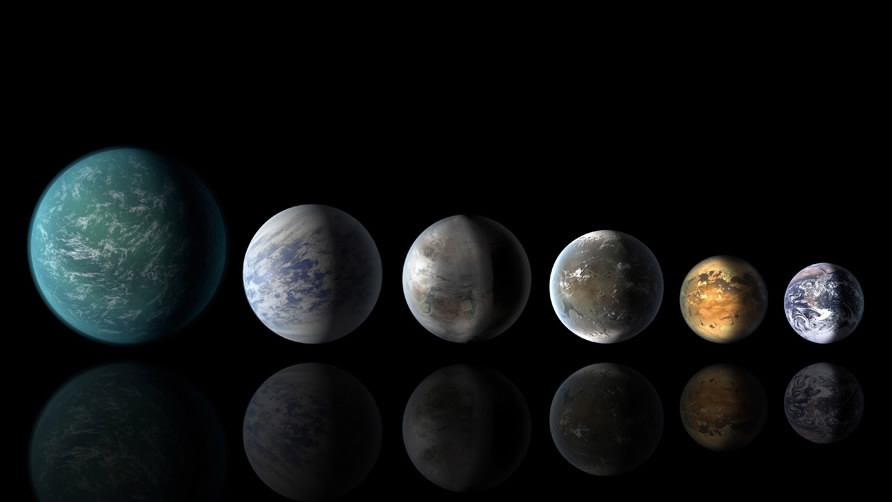
Space
08:34, 03-Nov-2017
NASA's Kepler discovers 20 new worlds potentially capable of hosting life

An analysis of data from the Kepler space telescope has revealed 20 extraterrestrial worlds that might be able to host life, science magazine New Scientist reported.
Each new world comes with a varying orbit time, including one that takes the equivalent of 395 Earth days to circle its star and another taking only 18 days to complete a single orbit, reported the magazine earlier this week.
The exoplanet with a 395-day orbit time is one of the most promising worlds for life on the list, Jeff Coughlin, the Kepler team leader told the magazine. "If you had to choose one to send a spacecraft to, it's not a bad option," he said.

Launched in March 2009, Kepler is NASA's first mission to find potentially habitable Earth-size planets. /Photo via Xinhua
Launched in March 2009, Kepler is NASA's first mission to find potentially habitable Earth-size planets. /Photo via Xinhua
The exoplanet, dubbed KOI-7923.01, is about 97 percent the size of Earth but is colder like tundra regions. Its chilly temperature is due to the distance from its star and the fact that its star is slightly cooler than the Sun.
Nevertheless, scientists said it is still warm and large enough to hold liquid water which is essential to life.
In June, NASA announced that Kepler discovered 219 new planet candidates outside our Solar System, among which 10 are near-Earth size and orbit in their star's habitable zone. So far, Kepler has detected more than 4,000 exoplanet candidates, according to the US space agency NASA.
Launched in March 2009, Kepler is NASA's first mission to find potentially habitable Earth-size planets. The space telescope halted its mission in 2013 due to a technical glitch and began a new extended mission called K2 in 2014.
Source(s): Xinhua News Agency

SITEMAP
Copyright © 2018 CGTN. Beijing ICP prepared NO.16065310-3
Copyright © 2018 CGTN. Beijing ICP prepared NO.16065310-3